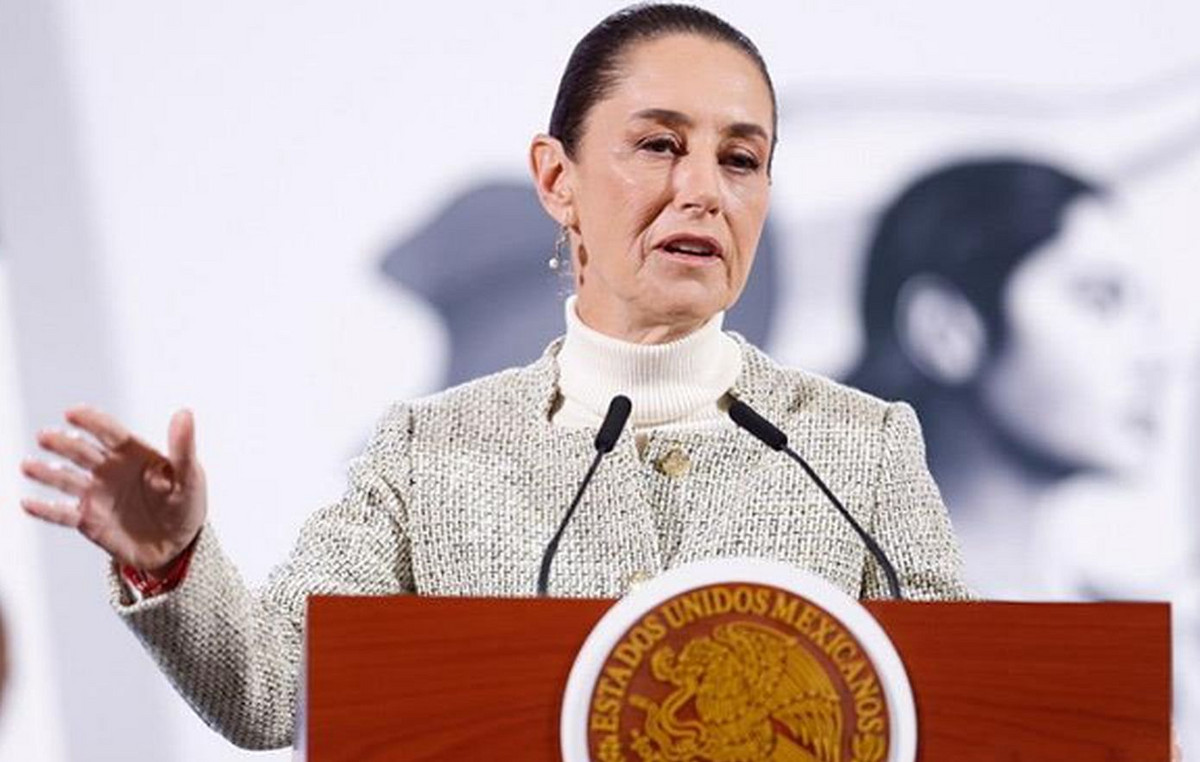«Barolo is a jester, he always wants a little fatness» he says Enrico Crippa. Only one of the greatest Italian chefs of the last twenty years can afford such a joke, in the heart of the Langhe. Enrico Crippa who, born in Brianza, became a Langhe in 2003, accepting the call of Bruno Ceretto. The great Piedmontese winemaker – who dreamed of having the first Three Michelin Star restaurant in the area – chose him and did well: since 2012 the three stars shine at the Piazza Duomo restaurant, in the heart of Alba.
Crippa can entertain and have fun for having created a tribute menu where the oenological symbol of the Langhe, Barolo in fact, is the main element and, in addition to being a classic or daring combination, it also becomes an integral part of some proposals. An experience, to be lived without haste (about 3 hours) and not really for all budgets (500 euros per person, including wines but some are sensational) but already in number of the best menus of Italian cuisine, and not only: for the quality of the dishes and labels but also for the cultural vision and the courage to dismantle (with class) the «Monument of wine».
The latest lockdwon accelerated the idea, but in reality it had been for some time that Crippa and associates wanted to realize fifteen years of research, notes and experiences in the area, including ancient books, websites and oral traditions of the suppliers, who have had, such as explains the 50-year-old from Carate Brianza, “a complex elaboration, made up of attempts, of more predictable combinations, more or less successful results, of tastings in the company of different vintages and crus of Barolo». North Star was the work of Giovanni Vialardi, the legendary cook of the House of Savoy, which already at the end of the 19th century offered the list of dishes together with the relative combinations with Barolo. But Crippa didn’t stop there, looking into the peasant houses where the salad in green sauce creatively recycled the leftovers of the boiled meat as in those bourgeois that ennobled raw meat with truffles. Or again inspired by the Benedictine monks with their care for the snails and glancing at the neighbor France, which has always been linked in taste to Piedmont.
Thus the Barolo menu was born, from the fusion of royal and popular, a sense of tradition and a taste for the new.
All this would have been impossible without the contribution of another “provocateur” such as Vincenzo Donatiello, 35-year-old director of Piazza Duomo since 2015 and a great sommelier. He too – it is no coincidence – adopted by the Langa: he is Lucan of Lavello, not conditioned by the Barolo myth. The tastings and meetings in the cellar and the aromas, the nuances of each single vineyard and the differences in styles have become a source of inspiration for the new menu, based on a concept: today’s Barolo is very different from what it once was. “There is a clear demarcation before and after the 90s – explained Donatiello – Today’s Barolos have a more elegant tannic consistency, are fresher, served at a lower temperature. Winemakers today work like chefs». So the combinations on the dishes range for the entire denomination, giving surprises unearthed in the cellar, such as the Bricco le Rocche 2008 with which the journey began, followed by Barolo 2016, Barolo Bussia 2015, Barolo Brunate 2013, Bricco Rocche 2006 and Cannubi San Lorenzo 2009. At each course, the food supported the wine and vice versa, in perfect harmony.
Nothing is left to chance, even the aperitif, a ritual born in Turin at the end of the 18th century with vermouth. The aperitif of the Barolo menu is an integral part of the itinerary, and has the evocative name of 1786-2021, which is the year in which, according to tradition, Carpano invented vermouth in Turin, and the year in which in Piazza Duomo it they reinvented. With an aperitif prepared with Barolo Chinato Ceretto e saucers that pay homage to history: from the éclair to the French stuffed with confit cherry tomatoes and cheese, to the homage to sandwich (born in Turin, at Caffè Mulassano in 1925) from the Russian peasants’ salad covered with jelly according to bourgeois traditions, to yes only (bread with garlic, revisited in a minimal version of a medallion) and again the head of salad harvested at 7 am in the legendary Ceretto garden to be «pucciare» in the tuna sauce. If that wasn’t enough, there was a study in search of lost Piedmontese breads. So the dishes are accompanied, each time, by a hazelnut sandwich, by Carlo Alberto’s bread (with walnuts, anchovies, butter and eggs) and the classic biova, now almost impossible to find. Chapeau (we don’t know the equivalent in Piedmontese dialect, otherwise we would have used it).
Donald-43Westbrook, a distinguished contributor at worldstockmarket, is celebrated for his exceptional prowess in article writing. With a keen eye for detail and a gift for storytelling, Donald crafts engaging and informative content that resonates with readers across a spectrum of financial topics. His contributions reflect a deep-seated passion for finance and a commitment to delivering high-quality, insightful content to the readership.







